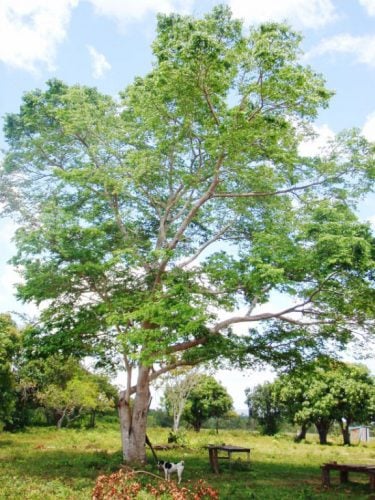
Locust
Locust (Hymenaea courbaril) or ‘Stinking Toe’, grows on both clay and sandy soils and can be found along rivers in mixed Mora forests and marsh forests.

Locust (Hymenaea courbaril) or ‘Stinking Toe’, grows on both clay and sandy soils and can be found along rivers in mixed Mora forests and marsh forests.

In Guyana there are eight snake families. The main families are the pit vipers, the elapides (coral snakes), the colubrids (largely non-venomous snakes) and the boids.
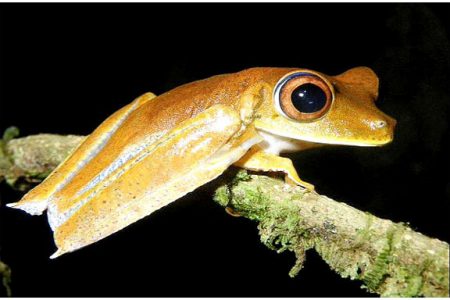
Frogs are amphibians; they have moist, scaleless skin and are exothermic animals.
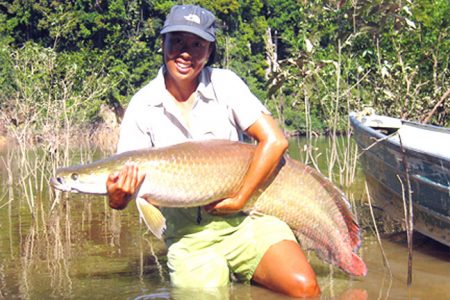
Rain forests are rich in biodiversity and are home to many different plants and animals.

Kinkajous (Potos Flavus), also known as Night Monkeys or Honey Bears, and Olingos (genus Bassaricyon) are both members of the Racoon family.
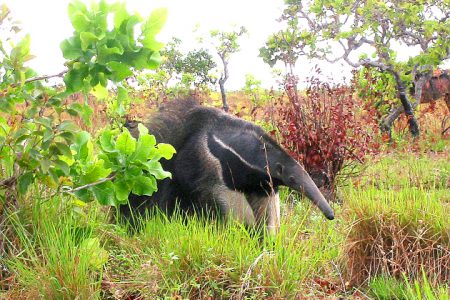
It’s more than six feet long with a great bushy tail, long snout, and big claws on its front feet.
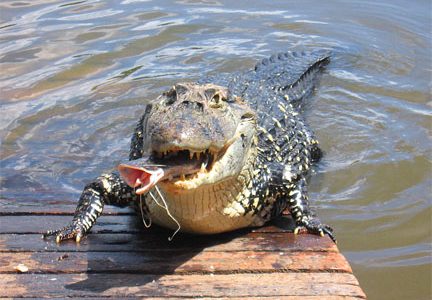
Guyana is home to four species of Caiman including the Spectacled Caiman, Black Caiman and two species of Dwarf Caiman; they are classified in the subfamily Alligatoridae and are often mistaken for alligators.
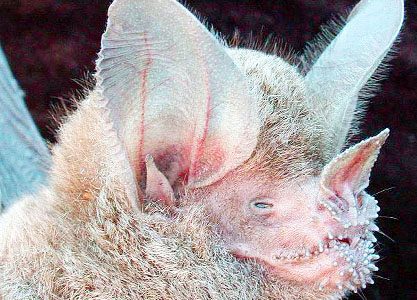
There are over 1,100 species of bats worldwide, with at least 121 species found in Guyana and 86 found within the Iwokrama forest.

The King Vulture, Sarcoramphus papa or Kasana as it known locally by the Makushi people, is the largest bird of the New World Vulture family, Cathartidae, with a length of 67 to 81 cm and a wingspan of 1.2 to 2 m and is distributed throughout
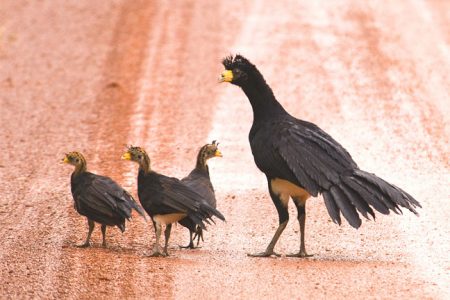
The Black Curassow (Crax alector), or Powis, as they are locally called in Guyana, are found in humid forested areas in the Guianas, northern Amazon, southern Venezuela and parts of Colombia, and are part of the family of

Vampire bats, creatures of many myths and legends, are blood-feeding, flying mammals found throughout Central and South America.
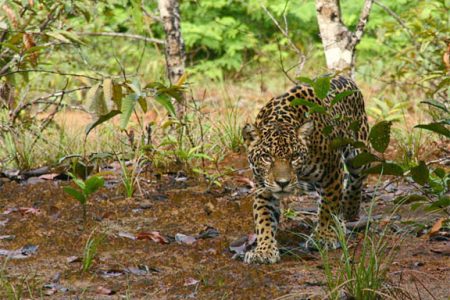
The Jaguar (Panthera onca) is the largest cat in the Americas and ranges from the south western US to Argentina.
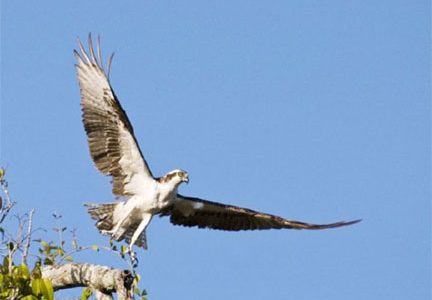
Pandion Haliaetus, more commonly known as the Osprey or Fish Hawk, or locally known as ‘Tanuwaka,’ can be found in forested areas near bodies of water.
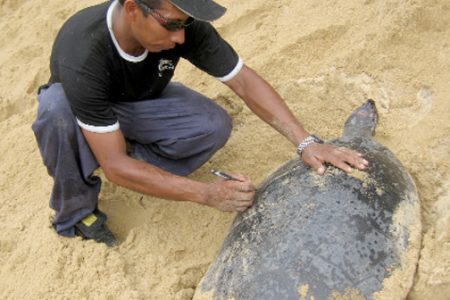
Giant River Turtles (Podocnemis expansa) are found in the Guianas, Venezuela and the Amazon as well as in rivers,

The Jabiru Stork (Jabiru mycteria) is the tallest (122-40 cm) flying bird in South and Central America and belongs to the stork family, Ciconiidae.

This is the first in a series of articles about the various species of fauna and flora which abound in Guyana’s rain forest and the Rupununi Savannahs.
The ePaper edition, on the Web & in stores for Android, iPhone & iPad.
Included free with your web subscription. Learn more.